Imagine majestic cliffs rising from the waves. Hear the call of seabirds in the wind. Picture the golden beaches, rugged mountains, and ancient towns on your route ahead. Welcome to Ireland’s Wild Atlantic Way.
Here, you’ll learn everything you need to know for planning a trip on the Wild Atlantic Way, the most beautiful journey in Ireland. Discover the places you’ll encounter along the country’s windswept west coast. Plus, find out how long this road trip takes and where you can stay along the way.
- Experience the Wild Atlantic Way with your own driver-guide on a personalised private escorted tour of Ireland
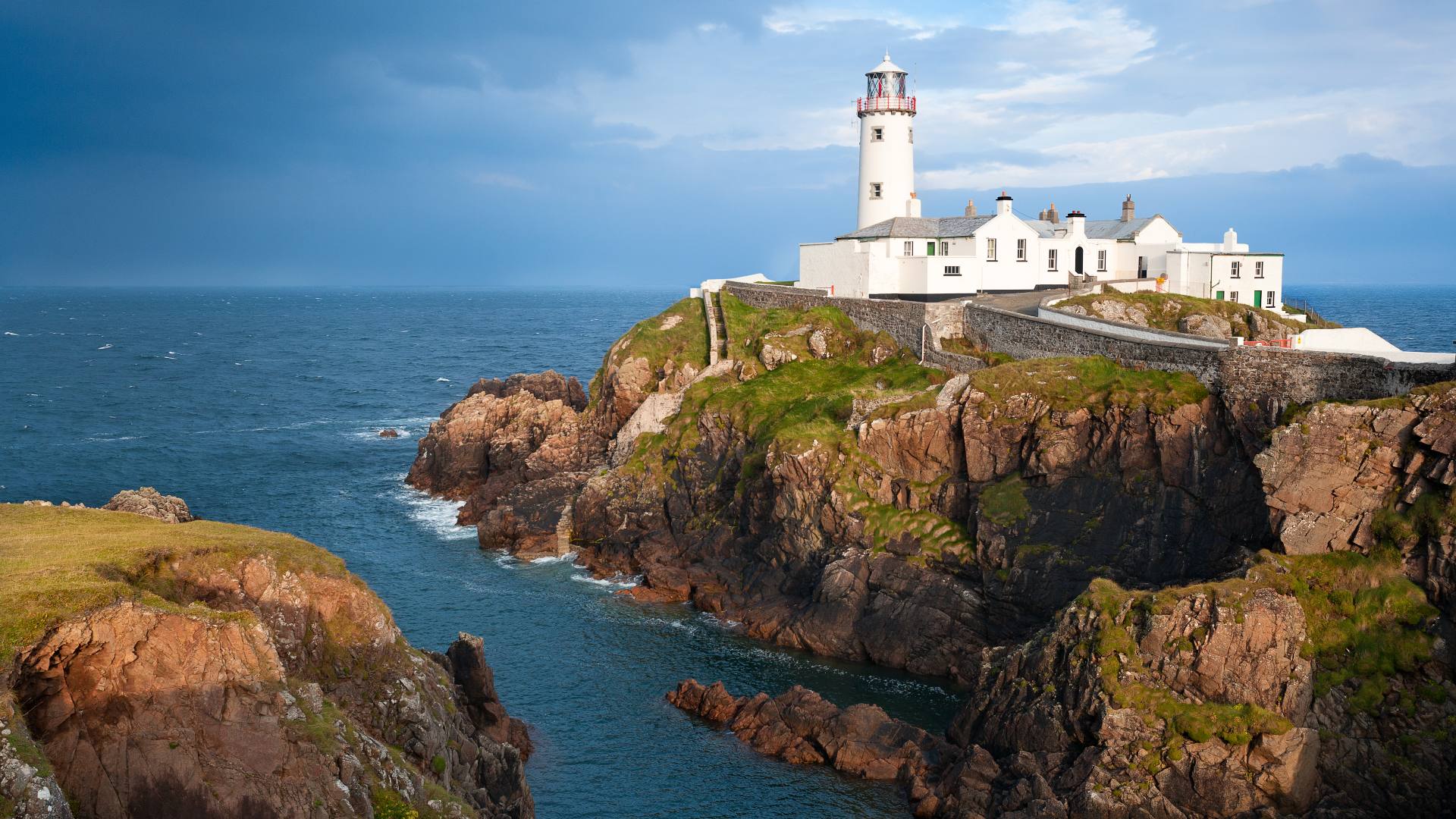
What is the Wild Atlantic Way?
The Wild Atlantic Way is perhaps the most epic adventure in Ireland. Launched in 2014, it’s the longest-defined coastal route in the world. Travelling from north to south, you’ll trace the country’s extreme western edge. Along the way, experience the dramatic coastlines and enchanting culture that make this part of the world so magical.
Passing through 9 Irish counties, discover the gorgeous green landscapes that Ireland’s known for. See lush rolling hills drop abruptly into the seas below, and understand for yourself why it’s nicknamed the Emerald Isle.
That said, it’s not just the stunning views that will capture your attention. Prepare to be charmed by Ireland’s culture as well.
Expect pubs filled with laughter and the jigs and reels of Irish traditional music. Plus, you could explore the ruins of ancient castles and stroll along the picturesque streets of sleepy towns. All of this and more awaits on the Wild Atlantic Way.
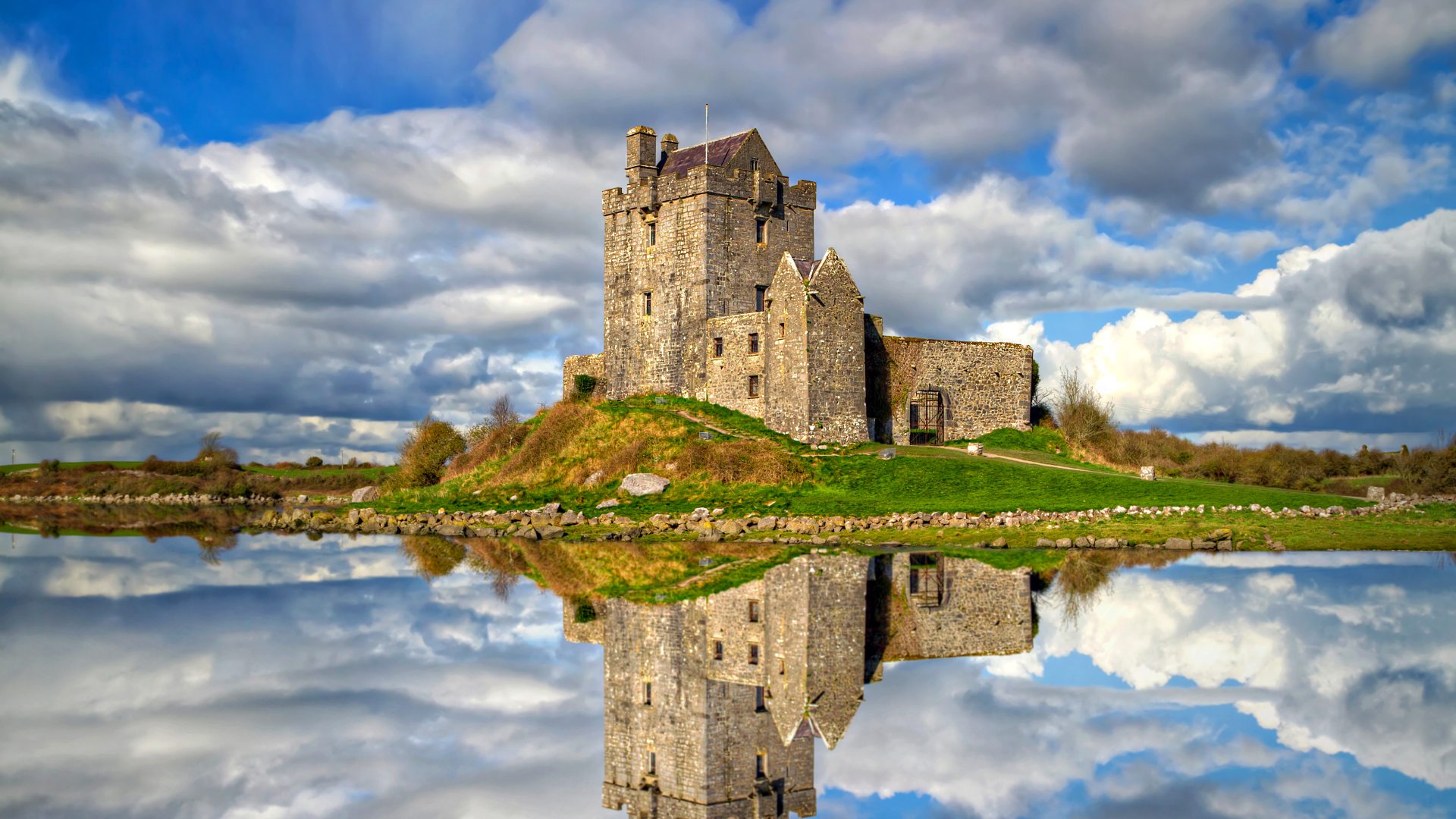
Where is the Wild Atlantic Way in Ireland?
You’ll find the Wild Atlantic Way on the west coast of Ireland, facing out into the North Atlantic Ocean. The route connects the northern tip of the country to its southern point.
Start off in County Donegal, close to the border with Northern Ireland. From there, you’ll venture along coastal roads, through delightful villages, and past natural landmarks that feel like they’re at the edge of the world.
You could visit Slieve League, some of the highest sea cliffs in Europe. And, further south, you’ll get the chance to explore coves and bays in the sublime Connemara National Park.
- Go at your own pace on a self-drive tour of Ireland’s Wild Atlantic Way
- Related: Planning a trip to Ireland and Scotland
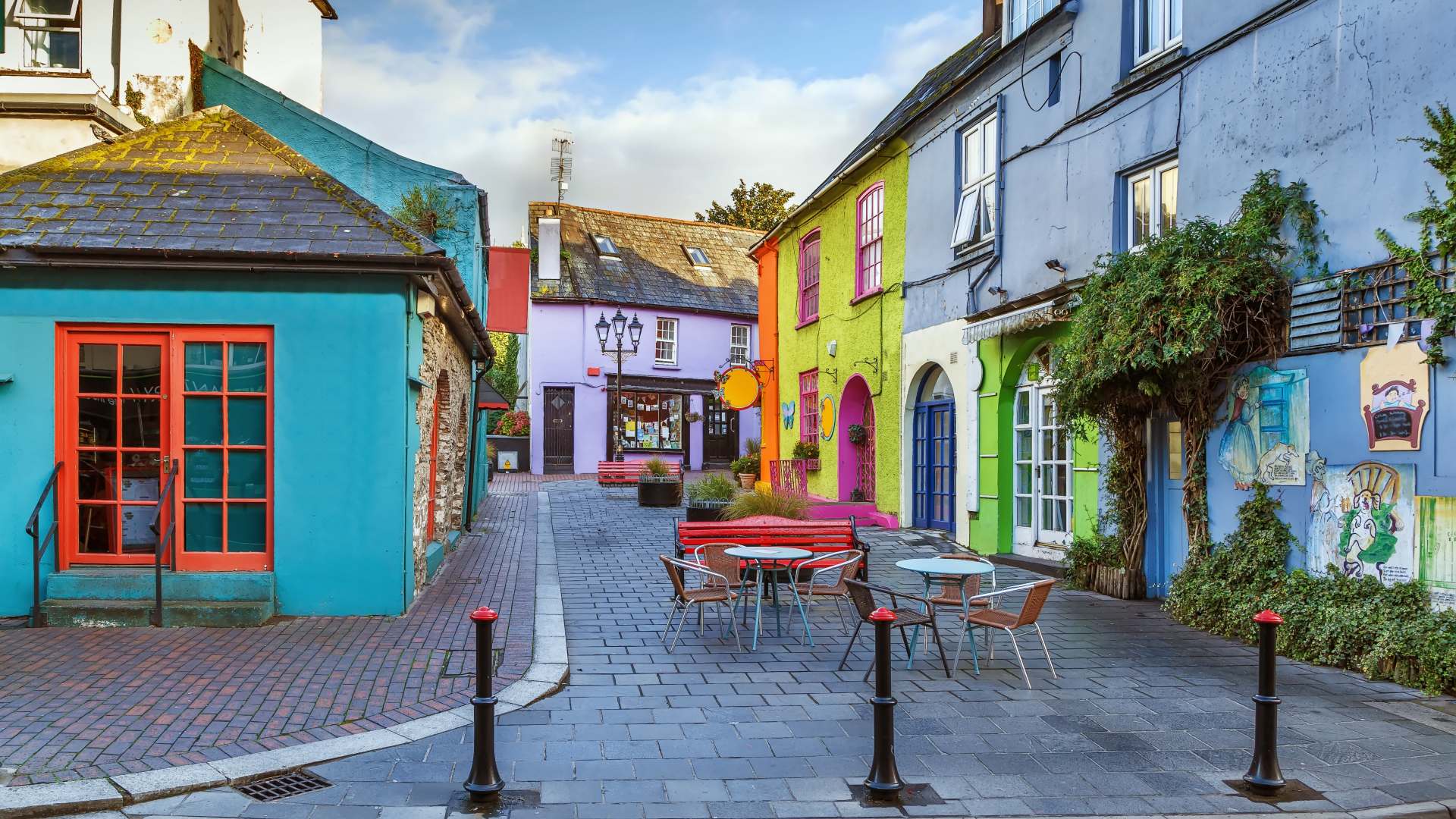
Where does the Wild Atlantic Way start and finish?
The Wild Atlantic Way route starts at Malin Head in County Donegal and finishes at Kinsale in County Cork. Malin Head on Inishowen Peninsula is the most northerly point of mainland Ireland. Later, the gorgeous village of Kinsale, the country’s culinary capital, will welcome you at journey’s end.
Of course, you don’t have to travel the entire country from top to bottom! While the route will take you through the best of what Ireland offers, you can pick and choose where you want to visit.
For example, if you’re a foodie, head for the main towns and fishing villages. Or if the captivating landscapes are your focus, there will be plenty to keep you entertained.
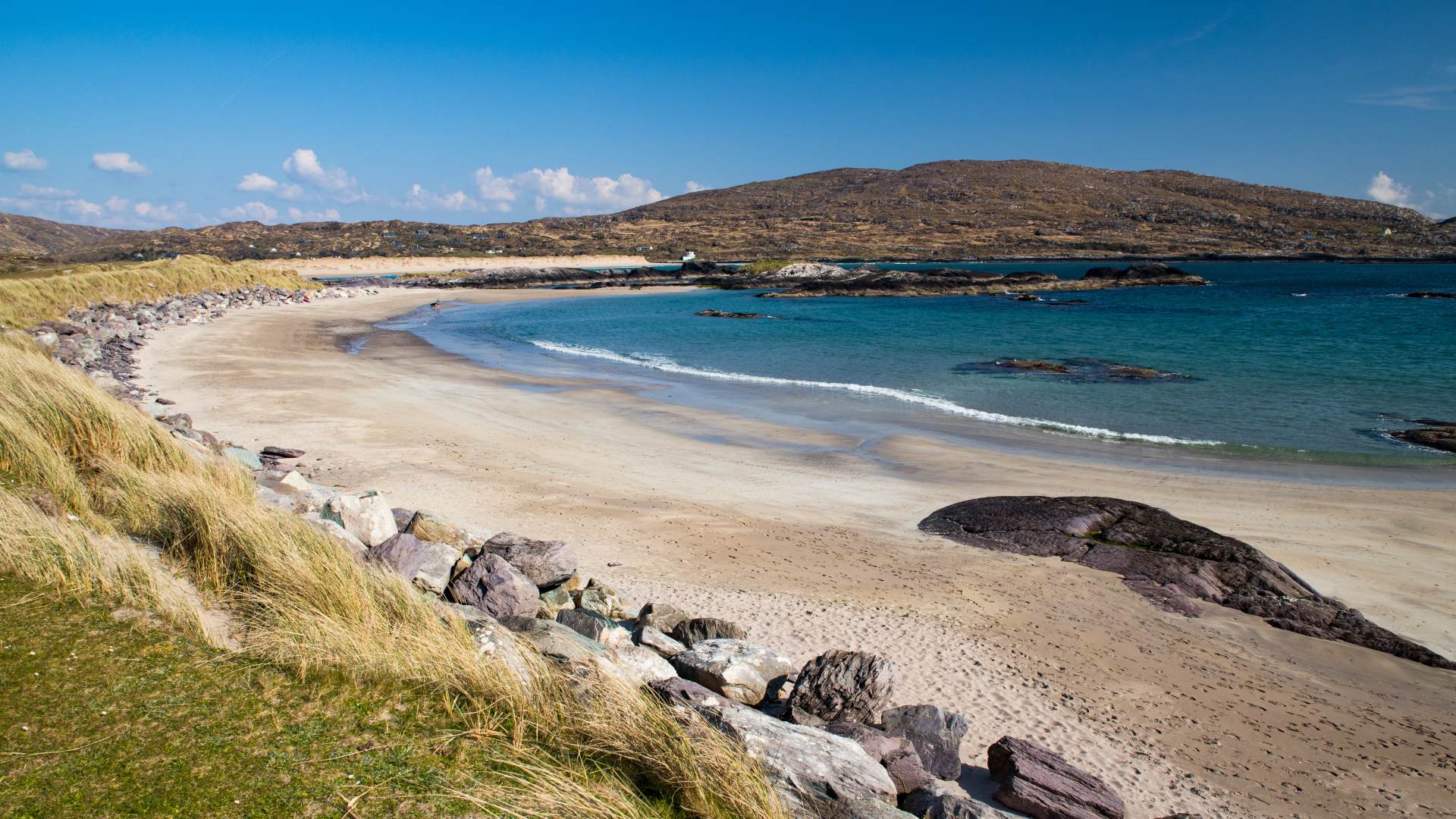
- Discover the best time to visit and the top places to go in Ireland
- Related: Top Ireland honeymoons and romantic getaways
How long is the Wild Atlantic Way in miles?
The Wild Atlantic Way is just over 1,500 miles (2,400 kilometres) in length. This makes it the longest signposted coastal route in the world.
How long does the Wild Atlantic Way take?
The Wild Atlantic Way can take as long as you want it to. Given the length of the route, you could spend weeks (if not months!) exploring every tiniest part of Ireland’s coast. There’s enough beauty to last a lifetime.
That said, you’ll typically want to allow a minimum of 1 or 2 weeks. This way, you’ll have plenty of time to pack a lot in without rushing, and still be able to enjoy the local culture to the full.
Or instead of driving from north to south, cherry-pick the highlights and add these to an itinerary that takes in other parts of the country.
Top tip: If you have limited time, you could split the route into sections that'll take you just a few days each. It's also a good idea to plan out which must-see sights you want to visit in advance.
- Get the complete Celtic experience on a tour of Ireland and Scotland
- Related: Scotland or Ireland – Where should you go?
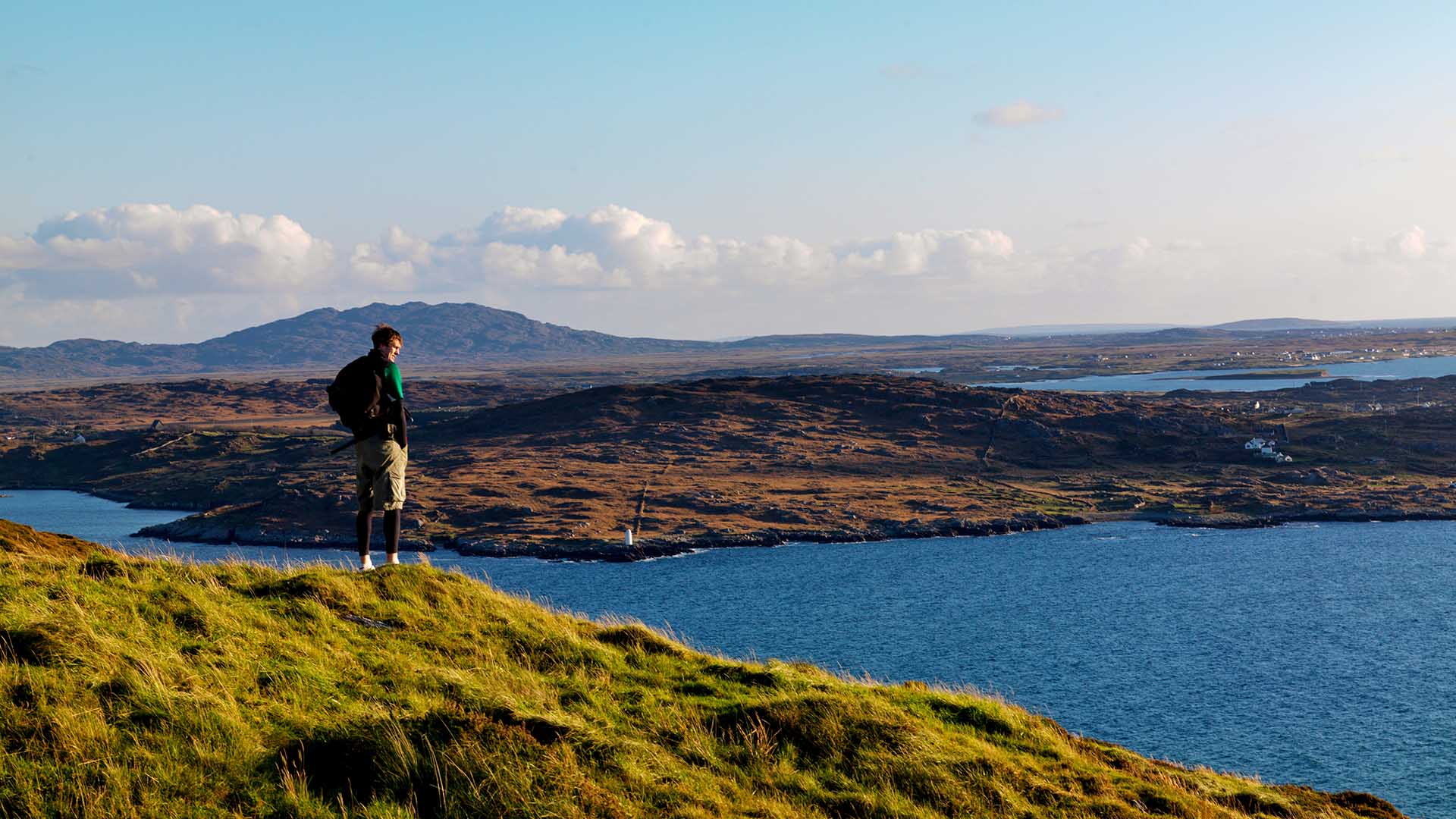
How many stops are there on the Wild Atlantic Way?
There are no fixed stops on the Wild Atlantic Way. So while the route is well established, you can stop as many, or few, times as you like.
This gives you the freedom to explore what you like best. You’ll find more than 150 key discovery points on the route and over 1,500 activities. For instance, you could follow coastal hiking trails, play golf and visit beaches. Plus, you could join one of over 500 festivals and events that happen here throughout the year.
Which is the best part of the Wild Atlantic Way?
With so many breathtaking places on the Wild Atlantic Way, you’ll find it’s a struggle to choose just one best part.
Tranquil beaches and rugged cliff-tops, deep inlets and remote islands, and Celtic towns with cobbled streets and lively evenings are waiting for you. In fact, there’s something for everyone. So no matter what you choose to do, you’ll end your trip with lifelong memories.
These are just some of the top spots you could visit along the way:
- Cliffs of Moher, County Clare – Marvel at the impressive rock faces that stretch 16 kilometres (10 miles) along the Atlantic coast.
- Achill Island, County Mayo – Venture to Ireland’s largest island, complete with mountains and beaches.
- Galway, County Galway – Fall for this city’s bohemian vibes, listen to live music and stroll the winding streets of the Latin Quarter.
- Limerick, County Limerick – Visit the city’s cultural highlights, including King John’s Castle and the cathedral before walking the banks of the mighty River Shannon.
- Skellig Islands, County Kerry – Gaze out at these far-flung, otherworldly islands from the Ring of Kerry.
On a route full of wonders, the best part will be the people you meet and the memories you make along the way.
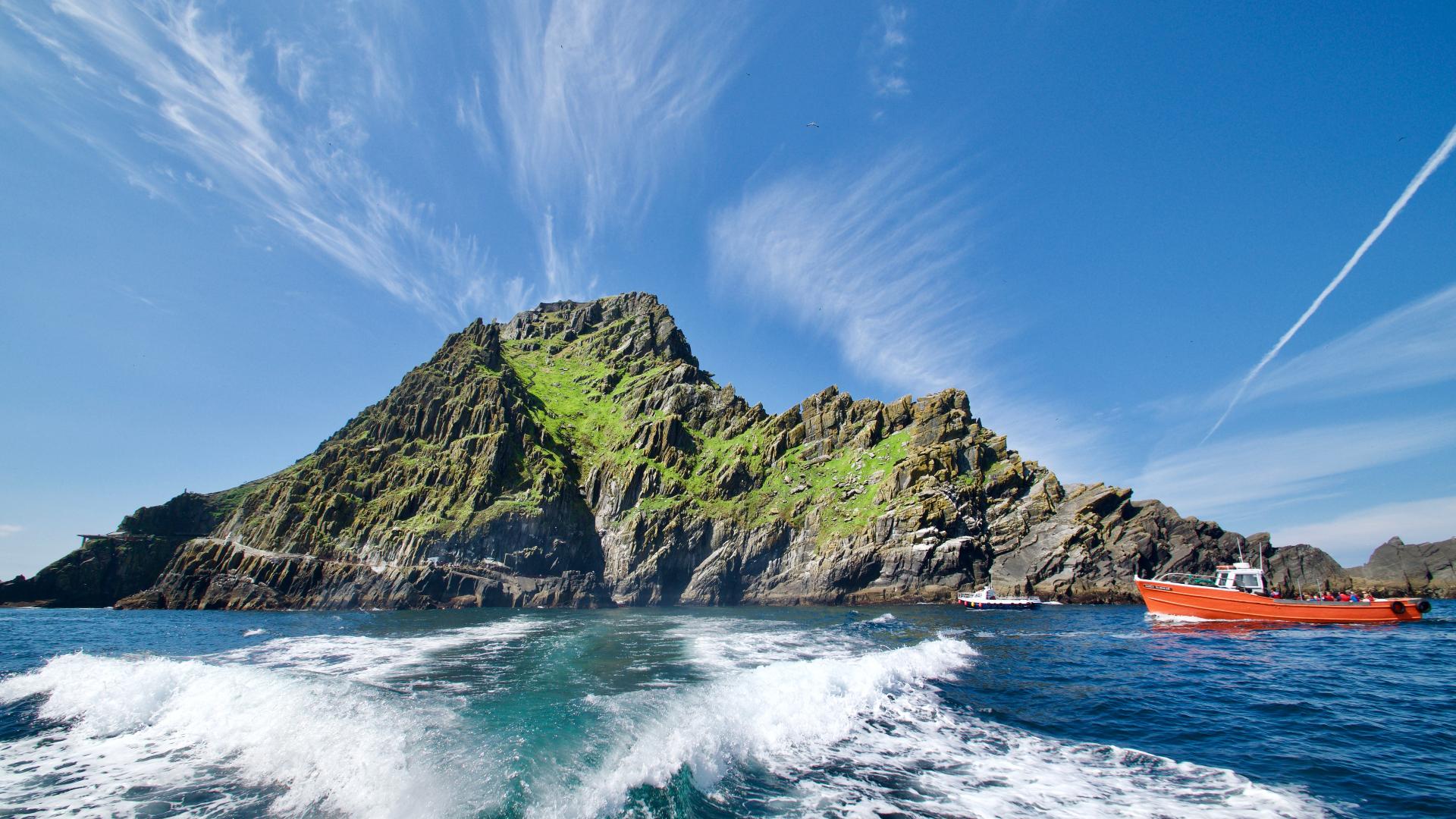
Where to stay along the Wild Atlantic Way?
There are many unforgettable places to stay along the Wild Atlantic Way, including bustling cities, remote cottages, and even castles. Wherever you decide to stay, you’ll encounter the warmth and welcome of famed Irish hospitality.
We recommend making arrangements for your trip well in advance, especially if you plan to travel during the summer months.
- Get a deeper understanding of the country on an Irish culture and history tour
- Related: Best castles you should visit in Ireland
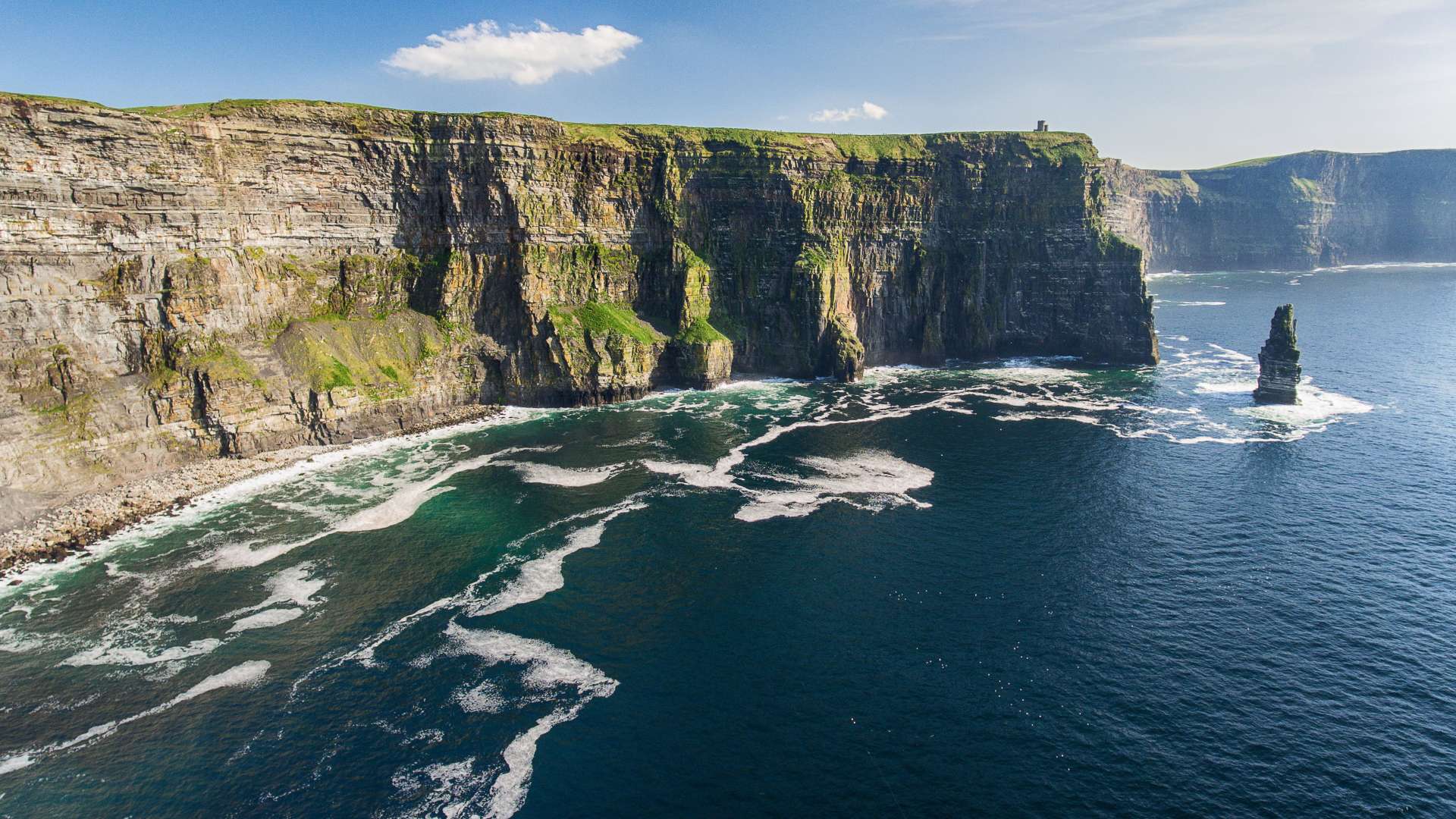
Explore the Wild Atlantic Way with Nordic Visitor
Enchanting emerald landscapes, ancient cultural sites, and vibrant cities await on the Wild Atlantic Way. Choose a tour of Ireland with Nordic Visitor and we'll make planning your trip a breeze. Plus, you could discover highlights of the Wild Atlantic Way and beyond on a trip curated by a travel expert.
Book an Irish self-drive trip, guided group package or a private guided tour with us and a dedicated travel consultant will take care of the details for you. We’ll handle booking your accommodation and any excursions, along with your transport within Ireland.
What’s more, you’ll get plenty of insider tips from our guides and travel experts. So soon you could be visiting the country’s top spots and uncovering hidden gems.
Come and experience the best of Ireland's Wild Atlantic Way for yourself. Get in touch to start planning your Irish adventure with Nordic Visitor.
